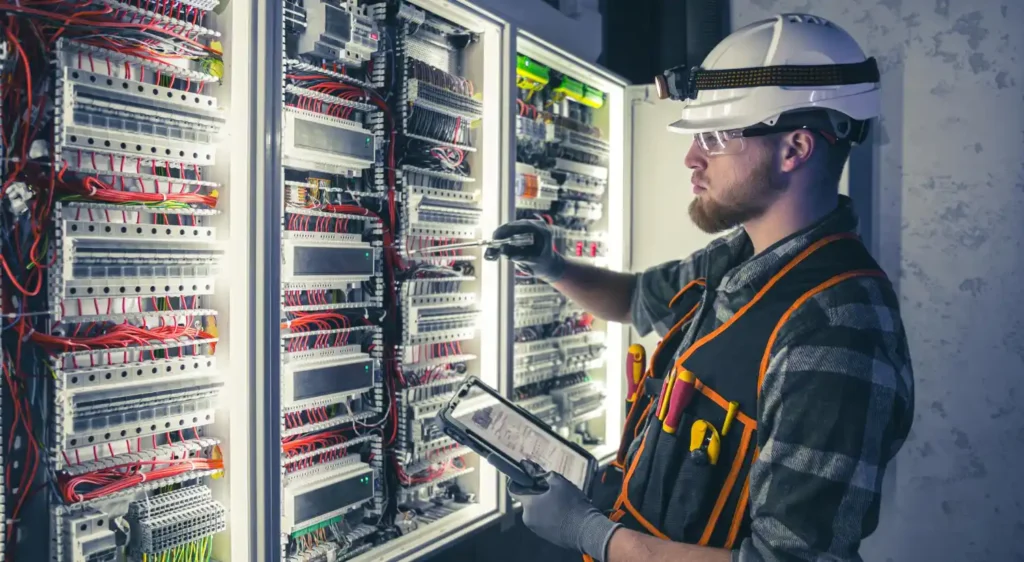This means chargepoints must be able to be remotely accessed, and capable of receiving, interpreting and reacting to a signal. Smart charging can also reduce high peaks of electricity demands, minimising the cost of electric vehicles to the electricity system – and keeping costs down for consumers by encouraging off-peak charging.
Alongside this the government has also announced that they have maintained grants to install chargepoints at home and in the workplace at their current level of up to £500, making charging easier for consumers and ensuring that plug-in hybrids and battery electric vehicles can be used to their full potential.
Roads Minister Jesse Norman said: “The government wants the UK to be the best place in the world to build and own an electric vehicle, and through leadership and innovation it is paving the way to a zero emission future.
“We have already supported the installation of over 100,000 home chargepoints. Now the measures announced will give more people the opportunity to make the move to electric.”
The Electric Vehicle Homecharge Scheme has supported the delivery of domestic chargepoints to consumers since 2014 and has delivered over 60,000 grants to date.
This summer the government published the Road to Zero strategy, built around a core mission for all new cars and vans to be effectively zero emission by 2040, and to achieve key elements of the modern Industrial Strategy to ensure the UK leads the industries of the future and boosts its competitiveness.

